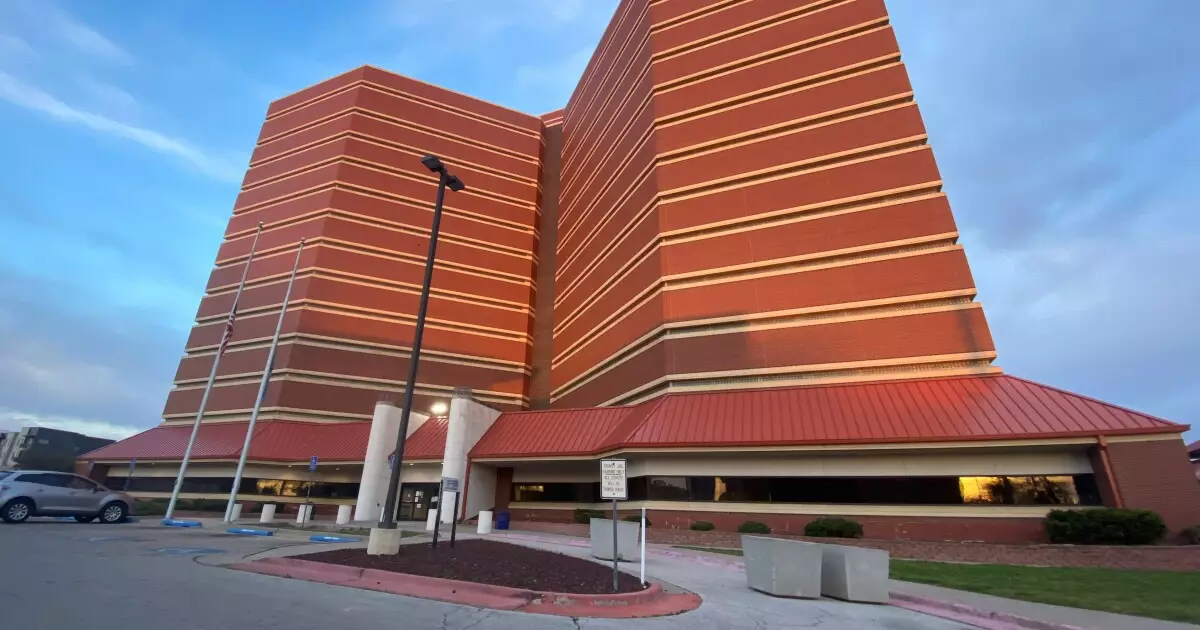Oklahoma County is currently navigating significant hurdles in its initiative to replace a long-troubled jail facility. The necessity for a new structure has gained urgency, particularly as the county faces rising costs and challenges in pinpointing an appropriate location for construction. This predicament highlights the broader issues in public infrastructure funding, where economic pressures and logistical delays frequently intersect.
In response to the challenges presented, Oklahoma County is contemplating a public-private partnership (P3) to secure the necessary financing for the jail. This decision comes after major investment firms, including Raymond James, Morgan Stanley, and Jefferies, expressed interest in providing funding solutions. The county presented two financial models in their request for proposals (RFP), the more substantial of which comprises $450 million aimed at financing the entire jail. Alternatively, a more focused $41 million proposal targets the facility’s mechanical and electrical components. Such options indicate a keen understanding of the multifaceted nature of jail construction, where infrastructure is as critical as living conditions for inmates.
The proposed financial strategies suggest a long-term commitment, extending up to 30 years, utilizing tax-exempt and taxable fixed-rate bonds. These would rely on the county’s annual lease rental payments as backing. The complexity of this financing approach signifies a proactive stance by county officials to allocate resources responsibly, especially in light of the $260 million in general obligation bonds that were approved by voters in June 2022. This prior approval reflects a community invested in resolving the issues surrounding the outdated detention center, which has faced significant scrutiny from various oversight bodies.
While originally budgeted for $450 million, the projected cost for the new facility has soared to an estimated $672 million with plans to accommodate approximately 2,400 inmates. This increase emphasizes the increasing costs associated with modern correctional facility construction, which often requires not just adequate space but also provisions for medical and mental health treatment. In this regard, the county’s plan to include courtrooms within the facility can be seen as a strategic move to streamline judicial processes and reduce transport issues that often plague correctional systems.
Complicating the situation further is an ongoing legal battle with Oklahoma City concerning zoning approvals for the preferred jail site. The county commission has sought judicial intervention to challenge the city’s denial of a special use permit, asserting its sovereign rights in the matter. The outcome of this lawsuit could significantly impact the timeline and feasibility of the proposed jail, showcasing the bureaucratic complexities inherent in such large-scale public projects.
Oklahoma County’s endeavor to replace its aging detention facility is emblematic of the challenges cities face in modernizing their infrastructure. By pursuing a public-private partnership and navigating legal disputes, county officials are attempting to address issues of public safety, health, and welfare. The road ahead remains complicated, but the commitment to replacing a problematic facility marks a necessary step toward reforming a crucial aspect of community welfare. The situation in Oklahoma County serves as a cautionary tale for other municipalities grappling with similar dilemmas in managing aging facilities within the framework of contemporary governance.

